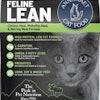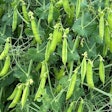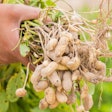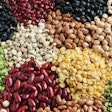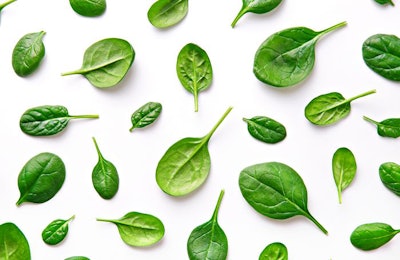
Spinach is at the top of the superfoods list — foods that provide natural antioxidants, bioactives, functional fiber and essential nutrients. Despite many of us growing up not liking spinach, today we find it in a wide variety of grocery products and in food service, usually served as a fresh vegetable in salads or as an addition to sandwiches in place of lettuce. Much of this thinking about the benefits of spinach in our own diets has now crossed over into pet food. We see superfood blends unapologetically promoted in product names and callouts with a nod to their benefit for our pet’s health, often with spinach as a lead. So, is it true? Does this vegetable add something to dog and cat food, treats, and toppers?

